Fashion isn’t just about clothes—it’s about vision. And the greatest fashion designers of all time didn’t just create outfits; they shaped the way we see ourselves and the world around us.
From timeless classics to groundbreaking innovation, these designers didn’t just follow trends—they created them. Their work is more than fabric and stitches; it’s art. It’s history. It’s magic.
But here’s the thing: their influence isn’t just reserved for runways or red carpets. It’s woven into our wardrobes, our Instagram feeds, and our everyday lives.
Whether you’re a fashion junkie or just someone who loves to look good, their impact has touched you too.
So, let’s celebrate the icons who’ve defined generations of style. Trust me, their genius will leave you inspired!
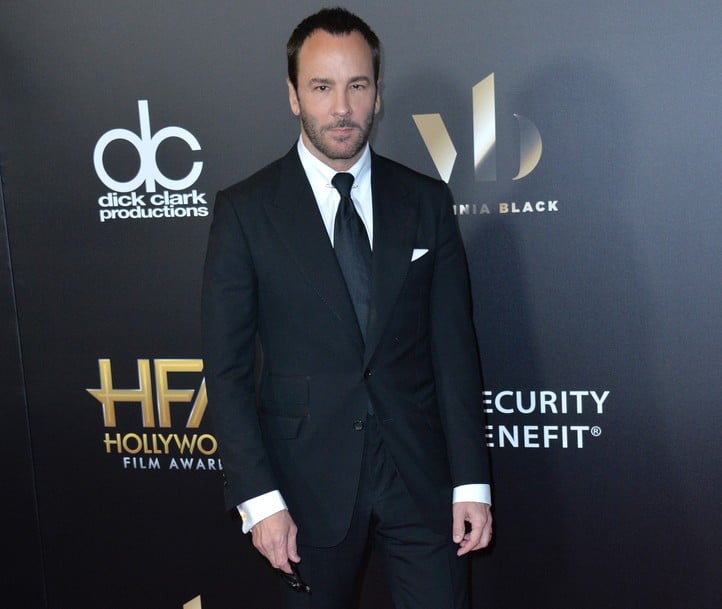
1. Tom Ford
Tom Ford is the epitome of sleek sophistication. He turned Gucci into a must-have luxury brand in the ’90s, bringing a sexy, modern edge to the fashion house.
Then he launched his own label, delivering designs that exude confidence and sensuality.
Ford’s influence isn’t limited to fashion. His foray into film direction (hello, A Single Man!) proves he’s a master storyteller in every medium.
Whether he’s designing a suit or directing a scene, Ford knows how to make an impact.
2. Christian Dior
Christian Dior was a post-war savior for fashion-starved women. His “New Look”, with its cinched waists and full skirts, celebrated femininity in the most glamorous way.
Imagine stepping out of wartime austerity into a world of luxurious fabrics and dramatic silhouettes. Dior gave women that escape.
And his influence didn’t stop there. Dior’s house became a global symbol of haute couture, and it’s still going strong today.
From his lavish evening gowns to the iconic Lady Dior bag, every creation oozed sophistication. He didn’t just dress women—he made them feel like royalty.
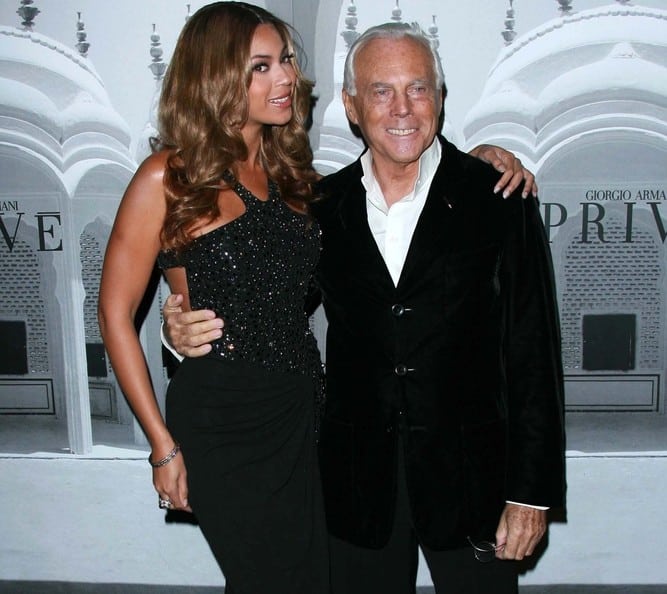
3. Giorgio Armani
Sleek. Understated. Powerful. That’s Giorgio Armani. In the 1970s, he took menswear to new heights with his tailored suits and minimalist aesthetic.
But what really set him apart was his ability to blend masculine structure with feminine softness. His women’s power suits became synonymous with confidence.
Hollywood embraced his clean lines and red-carpet-ready designs, making him a household name.
Fun fact: Richard Gere’s entire wardrobe in American Gigolo? Armani. His name isn’t just a brand; it’s a promise of impeccable style.
4. Yves Saint Laurent
Few designers have pushed boundaries like Yves Saint Laurent. He was a rebel in the best way possible.
His Le Smoking tuxedo for women was a statement. It gave women permission to embrace power dressing without sacrificing elegance.
Saint Laurent was also the first designer to launch a ready-to-wear line, bringing high fashion to the masses.
And let’s not forget his bold use of color, global influences, and celebration of diversity on the runway. He didn’t just dress people—he empowered them.
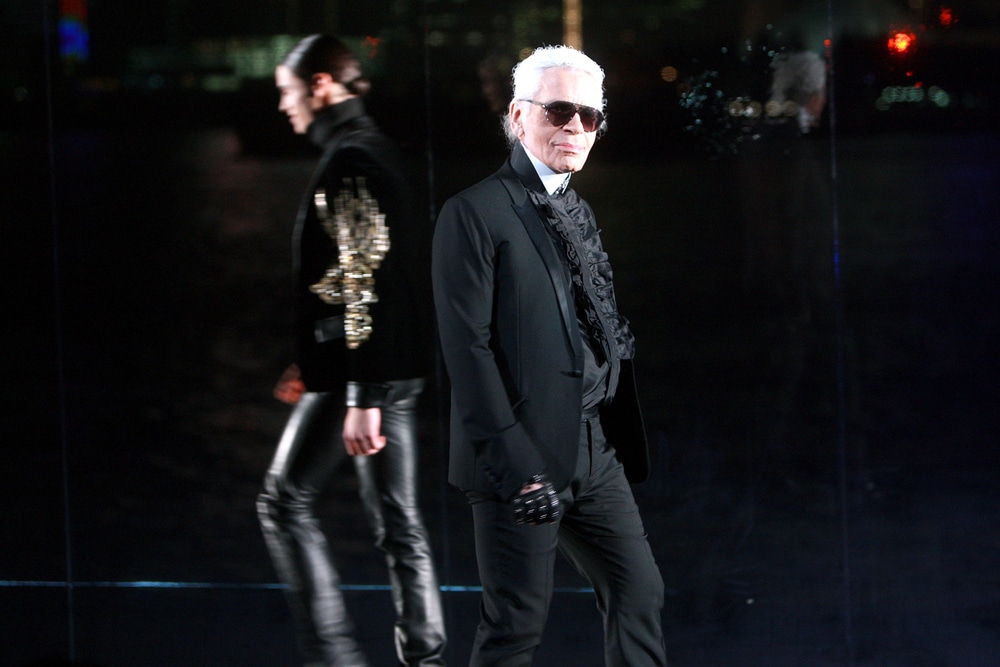
5. Karl Lagerfeld
Karl Lagerfeld wasn’t just a designer—he was a fashion institution. As the creative genius behind Chanel, Fendi, and his own label, he had a flair for making the old feel new again.
Under his direction, Chanel’s classic tweeds became fresh and modern, while Fendi’s fur designs turned heads (and sparked debates).
Lagerfeld wasn’t afraid of spectacle. His runway shows? Absolutely legendary. Whether he was creating a full-size rocket ship or a winter wonderland, his presentations were pure magic.
And his signature look—powdered ponytail, dark sunglasses, fingerless gloves—made him a style icon in his own right.
6. Alexander McQueen
If fashion had a poet, it was Alexander McQueen. His runway shows were pure theater, often blending dark romance with shocking beauty. McQueen’s designs weren’t just clothes; they were emotional experiences.
From his bumster trousers to his intricate gowns, he continually challenged what fashion could be.
His themes—nature, identity, life, and death—made his collections deeply personal and wildly imaginative. Who else could turn a skull motif into an enduring trend? McQueen didn’t just create art; he made us feel it.
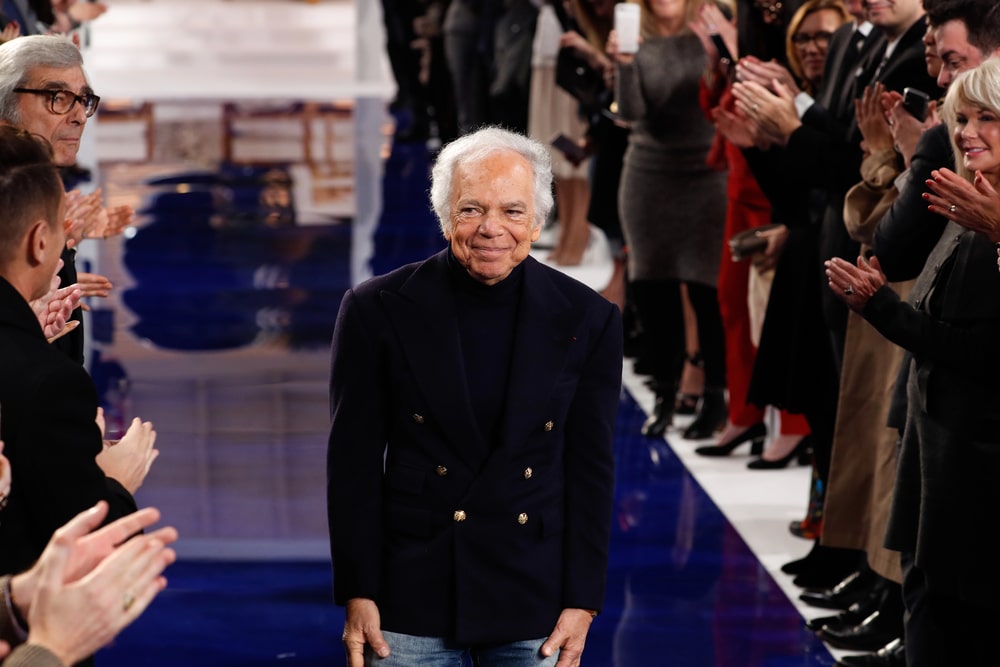
7. Ralph Lauren
Ralph Lauren is the king of lifestyle branding. He didn’t just give us clothes—he gave us a dream. His Polo line, with its preppy, all-American vibe, became the go-to look for anyone who wanted to exude effortless elegance.
Lauren’s designs are about more than fashion; they’re about living the good life. Picture a breezy day in the Hamptons, a yacht on the horizon, and a crisp white Polo shirt.
That’s Ralph Lauren. And his expansion into home furnishings, fragrances, and accessories proves his vision goes far beyond the runway.
8. Valentino Garavani
Valentino equals romance. Known for his signature Valentino red, the designer created dresses that seemed to float on air.
His attention to detail and love for opulence made him a red-carpet favorite. And his gowns? They’re not just clothes—they’re fantasies brought to life.
Valentino’s designs celebrate femininity in its most glamorous form. Whether it’s delicate lace, bold color, or intricate embroidery, his creations are a feast for the eyes.
No wonder celebrities like Audrey Hepburn and Jackie Kennedy adored him.
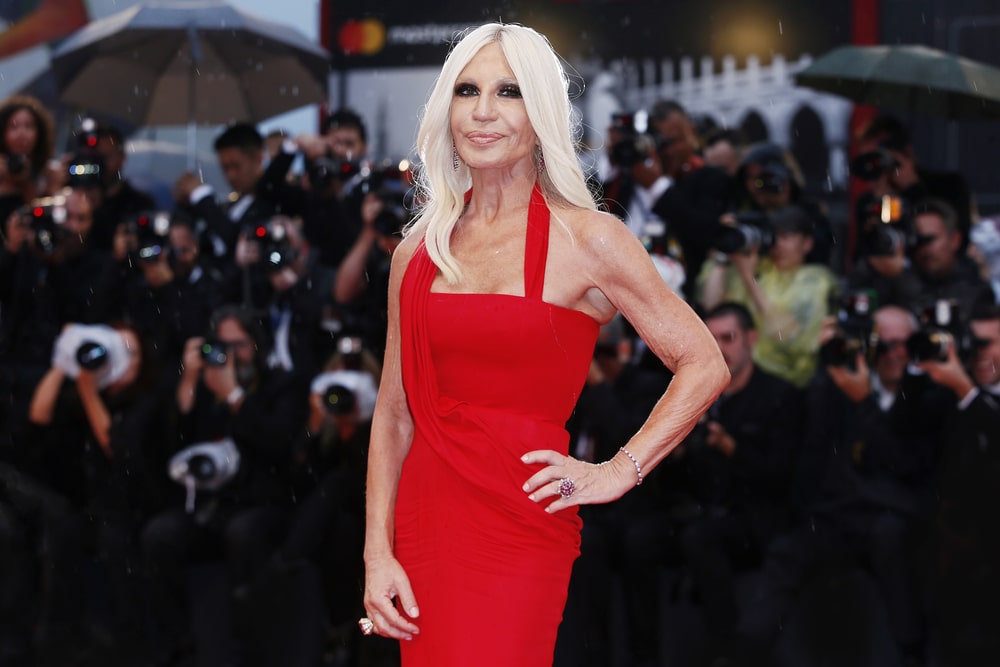
9. Donatella Versace
Donatella didn’t just step into her late brother Gianni’s shoes—she made them her own. Her designs for Versace are daring, bold, and unapologetically sexy.
Think vibrant prints, gold accents, and THAT iconic green dress Jennifer Lopez wore to the Grammys.
Donatella has also mastered the art of celebrity partnerships. She knows how to make a splash, whether it’s by casting supermodels like Naomi Campbell or collaborating with modern stars like Dua Lipa.
Her fearless vision has kept Versace at the cutting edge of fashion.
10. Coco Chanel
When we think of timeless fashion, Coco Chanel’s name tops the list. She’s the woman who took women out of corsets and gave them freedom in fashion.
Her creations, like the little black dress (LBD), turned simplicity into sophistication. And then there’s Chanel No. 5, a fragrance so legendary that Marilyn Monroe once claimed it was all she wore to bed.
But wait—there’s more. The Chanel suit, with its tweed fabric and elegant cuts, redefined power dressing. It’s iconic and a symbol of independence.
And let’s not forget the 2.55 quilted handbag, which married practicality with elegance. Women finally had a bag that was hands-free yet utterly luxurious.
Chanel didn’t just design clothes—she designed a revolution. Her legacy? Pure, unadulterated class.





